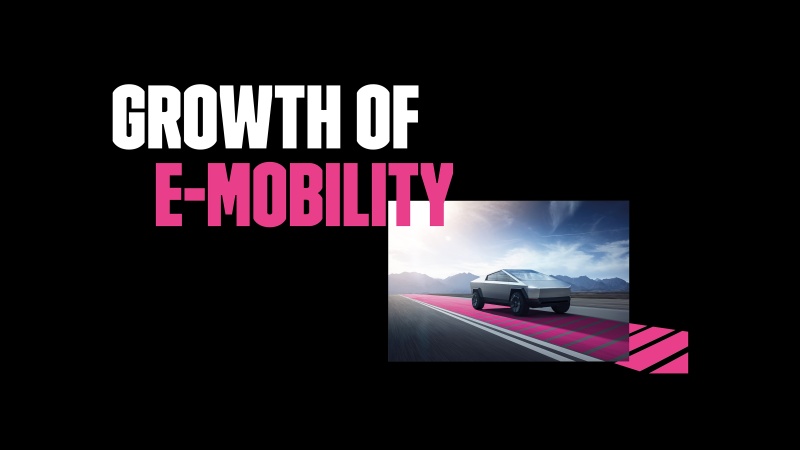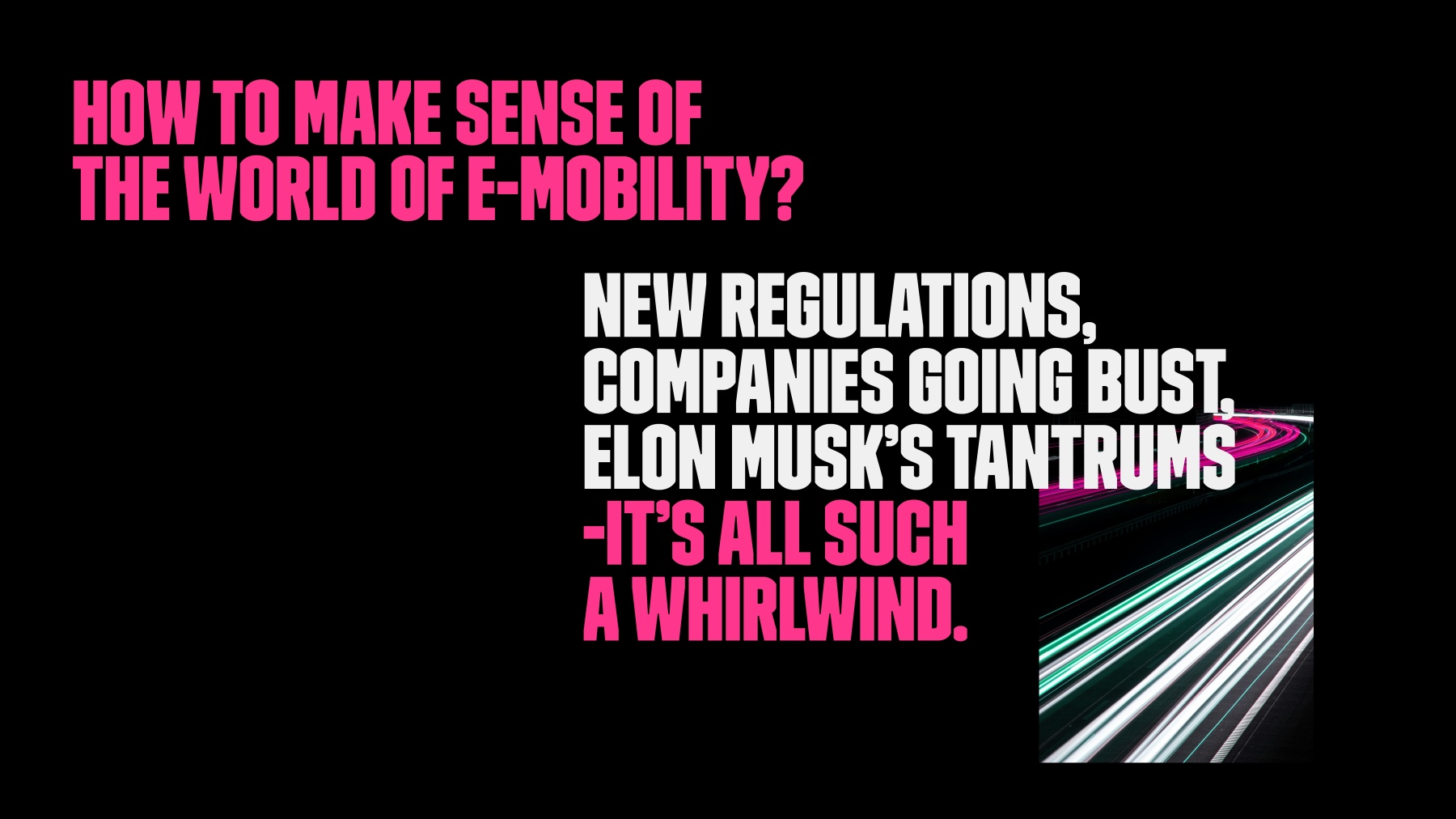
As of the end of 2023, there are around 840,000 full EV cars and another 520,000 plug in hybrids on the roads in the UK. This amounts to plug in vehicles making up 25% of all sold cars in 2023, which has increased 29% YOY.
The EV market is no longer new and immediately disruptive. Demand is high, but it is lagging behind other European countries in the big electric mobility switch despite the 2030 post petrol deadline to hit the UK’s Net Zero targets.
For both consumers and suppliers, the EV market feels a little lost, it comes across as fractured and is experiencing growing pains as legacy car brands (eg BMW) and new EV players (eg NIO) battle it out for market share and frustration builds along the infrastructure and production pipeline. The UK crucially needs a dometic battery production industry to avoid incoming expensive import tariffs but currently only has enough capacity for 33,000 EVs per year, which is just 3.3% of the capacity it needs by 2030.
Currently the UK is running around a decade behind where it needs to be in terms of delivering EV charging infrastructure. This summer, Vauxhaul found that 71.6% of UK councils have no plans for on street charging, while SMS recently surveyed 1000 EV drivers and found that 81% had to wait to use public chargers.
Surprisingly, and positively for the sector, a lack of education and inadequate infrastructure however hasn’t dampened the public’s appetite for EV - SMS’ survey reported that 94% of EV drivers love their cars and 20% have electric vehicles despite having no private charging at home.
Clearly there’s pent up demand for the global switch to electrification that needs to be unlocked.
How do marketers and agencies go about moving the entire EV industry forward?
In WMH&I’s new report, which is free to download here, on the growth of emobility out this month, they have projected that in the next seven years, electric mobility is expected to experience a compound annual growth rate of 15%. The scale of potential in the industry is huge from a positive planetary impact too, a whole scale societal shift to electric in 2030 would save five million barrels of oil a day.
But fast cars and fancy tech is only the end of the pipeline, behind it the entire e-mobility industry is shifting and growing, from charging station infrastructure (BP alone plan to invest £1 billion by 2020 in charging points) to battery production and integrated technology such as e-fluid cooling agents that aid faster charging. All of these stages and clients have stories to tell and have to play their part in educating the sector and presenting similar visions of the future.

We need to take a holistic view when looking for what form the EV industry will evolve into and how fast it can get there.
Marketers need to consider the entire EV ecosystem and encourage joined up thinking across the industry, so that suppliers, clients and consumers are part of the same story, whether that’s a sustainability drive to Net Zero or making the most of a competitive advantage of the innovation found in the shift in global transportation.
Working holistically as an industry, means electric transport can be seen as a simpler, future-proofed solution, rather than a disruptive force that is fractured with massive gaps between its real world achievements and lofty aspirations.
As we all recognise, there are performance problems to overcome, just as there are in any burgeoning new industry. The mainstream press is full of scare stories that play on range anxiety, battery fires and the UK’s electric grid not being able to cope with a widespread switch to electric transportation.
As an industry grappling with development issues like these, one of the solutions for growing the EV market away from core early adopters is a commitment to empathetic, visionary storytelling from all brands up and down the electric mobility chain that come with authentic, sustainable pledges baked in, rather than as the main incentive. For example Castrol creating e-fluid that help batteries stay cooler and charge faster, or Lynk & Co’s electric car sharing which has convenience at its heart. Relying on sustainable pledges isn’t enough to move the industry forward quickly and as one, so marketers need to identify the other motives that will move each demographic to purchase.
More importantly, electric vehicle campaign messaging needs to focus on key new demographics such as the ‘convenience director’ or ‘sensational champion’ identified in WMH&I’s report, who have very different reasons for switching to electric than purely as a move to save the planet.
Understanding their concerns and hopes for the future of EV which go beyond a more environmental vehicle, will result in more efficient marketing and larger growth. Looking beyond electric road vehicles to aviation, Joby Aviation makes comfort and convenience the basis of their pitch “Flying with us might feel more like getting into an SUV than boarding a plane” rather than solely relying on the fact they don’t emit fuel based CO2.